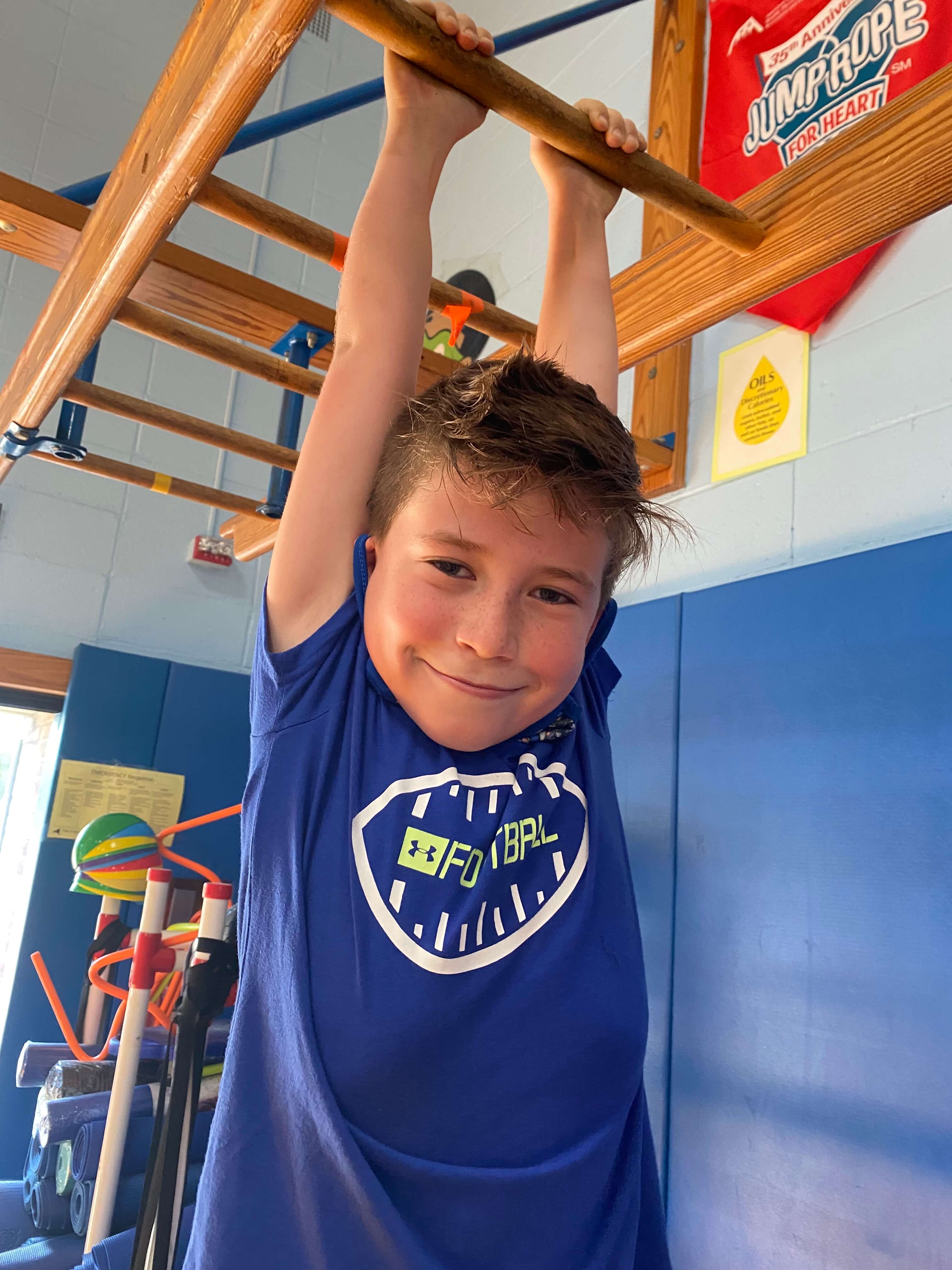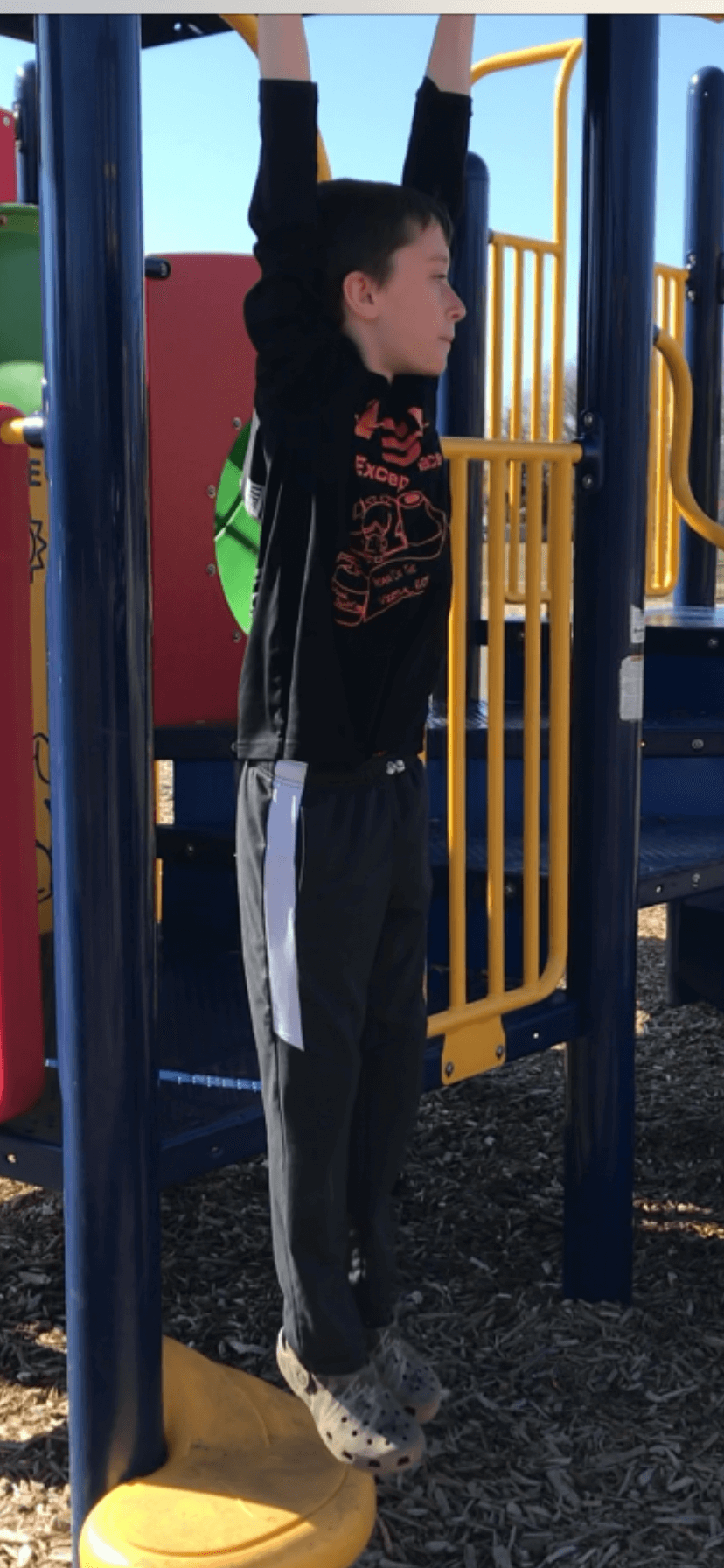
What exactly is grit? Is grit naturally engrained in students or is it a skill that needs to be practiced and nourished? Teachers already have so much curriculum to teach, is grit really something that should take precedence? The answer is a resounding YES! We need to teach students what grit is and why is it so important to their future success. Grit is what drives our students’ success and achievements. Grit is passion and perseverance for long and meaningful goals. It is the students’ ability to persist when obstacles get in their way. Many students are naturally talented, but grit does not come from talent. Without grit, talent is only potential. Strength and grit come from overcoming the tasks you thought were impossible.
Grit is having direction and commitment to your goals. You can take two students of equal ability and have them compete. Who wins? The one who demonstrates the most grit. The “gritty” student will study and practice more. They will not quit. If they fail, they will try again. They will stick with their goals even when it appears impossible. They will continue moving forward even after experiencing setbacks and failures. I am not saying talent does not matter. Talent just does not automatically lead to success. There has to be both talent and effort present for achievements to happen. I was reading up on grit and was inspired by Angela Duckworth, professor of psychology and pioneer in grit research. Through her studies, she noticed that “where talent counts once, effort counts twice.” She used the below formula to explain her findings:
TALENT x EFFORT = SKILL
SKILL x EFFORT = ACHIEVEMENT
She explained that when effort is added to talent, you acquire a skill. And when you apply effort to a skill, you will acquire an achievement. Without effort and grit, you cannot achieve your full potential. This is why Angela explains that “grit counts twice” and why it is so important. I can’t think of a more valuable lesson to teach our students. It may take time away from a curriculum temporarily, but the return far exceeds the time it took to teach.
So, how do we teach our students to “get gritty”? I teach elementary physical education at Lincoln Avenue elementary in Sayville School District. We are a Pre-k through the 5th-grade building. Last year I offered my students an opportunity to build grit in my “Grit Challenge.” I was inspired by the Military “dead hang” grip challenge. You have to hold on to a pull-up bar for as long as you can, without your feet touching the floor. When I was competing in this challenge, I had recently lost one of my diving athletes to suicide. As I was hanging there and it was getting extremely difficult, I keep telling myself, just hold on one more second. As I hung there, I thought how important it is to teach our students that when things seemed overwhelming or extremely difficult, just try to hold in there for one more second. What an impactful lesson that can be translated to life’s challenges. From this, the Grit Challenge was born.
The Grit Challenge is an optional challenge I offer my K-5th grade students. The only requirement is that if they are practicing at recess, they must be able to independently access the monkey bars. If not, they can participate with their guardian’s help at home. I wanted my students to understand that the challenge is optional and specifically the reason behind that. To test their grit, they had to take the first step which was choosing to participate. All students who took the challenge were given a goal sheet and a monthly calendar to mark their progress. If they chose to participate, I would then time them on the monkey bars in order to get a baseline time. Next, we talked about goal setting and how to set a S.M.A.R.T goal. SMART is an acronym used to help guide goal setting. To make sure goals are achievable they should be Specific, Measurable, Achievable, Relevant, and Time Based.

The students and I discussed the importance of practice and repetition and I helped the students create an individualized workout schedule to help them achieve their goals. The students had the month to practice and were given a finish date. The students marked on the calendar how many times they practiced and for how long. They recorded all their scores along the way. They had to submit their calendars (with a parent’s signature) and the goal sheet with the baseline time and their final best time. I created beautiful certificates for all students who participated, had them stand for applause in their physical education classes, and announced them over the school’s morning announcements. The students also had the opportunity to compete for greater prizes, if they chose. In order to be eligible for 1st, 2nd, 3rd place medals, they had to film themselves hanging from a bar, monkey bars, a strong tree branch, etc. They would then submit their video to me through google classroom or through email. This allowed me to verify all scores were accurate. I gave medals to the top 3 males and females in their grade and overall. I had a boy in 3rd grade, Logan Picken, who hung for 5 minutes and 31 seconds! I had a 5th-grade boy, Jack Barry, who hung from the bars for 13 minutes and 34 seconds! I never would have thought that was possible! And it was videotaped!

During the month of the grit challenge, I had my students take the grit scale developed by Angela Duckworth assessing how “gritty” they are. The students would then reflect on which aspects of their life they displayed grit and which ones they could improve on and grow. Each PE class we would discuss their progress and what steps they took to improve their grit. This year, I am adding a component to the “grit challenge”. Students will have to conduct a “grit” interview. They will have to interview a family member, friend, teacher, grandparent, etc. who have worked hard towards accomplishing a long-term goal and find out what steps they took towards achieving their goals.

Other ways to teach students about grit would be to show videos of people displaying grit, read students books about characters displaying grit, helping students develop a growth mindset, have students practice making S.M.A.R.T goals, teach students the importance of loving themselves and give students opportunities to practice self-love techniques such as positive self-talk, having an attitude of gratitude, practicing healthy behaviors, and practicing positive affirmations. The ability to learn is not fixed. It changes with your effort. I love to share my experiences with my students. I am currently trying to learn a muscle-up on the rings and I am sharing all my practice attempts, efforts, and setbacks with my students. I will also share with them when I do achieve my personal goal just as I look forward to them sharing all their many achievements with me. Remember, life is a marathon, not a sprint. For a great video about Grit, watch Angela Duckworth on Ted Talk




I love this simple application of grit and will be sharing it with k-12 teachers and coaches.
Thank you and thanks for sharing! Simple exercise with tremendous benefits.
Great article! I shared this on fb.
Thank you so much!